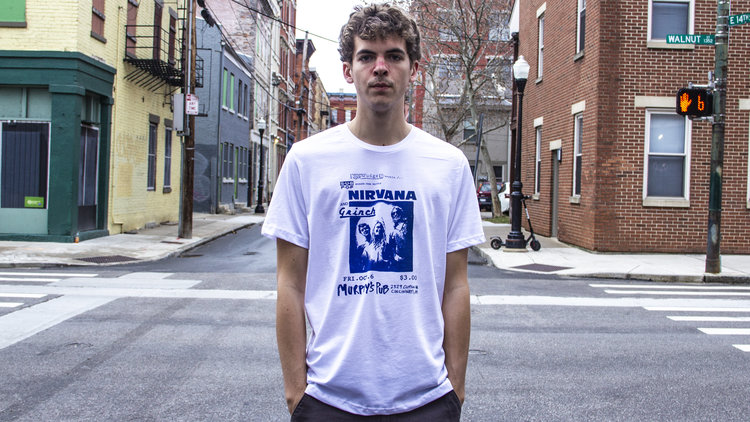Compression tights are all the rage right now, thanks to their benefits, like faster running speeds, reduced injuries and better muscle recovery. But, thanks to a Nike-funded study, it looks like those alleged advancements are unfounded, according to Gizmodo.
The study, led by Ajit Chaudhari from Ohio State University’s Wexner Medical Center, found that the muscle vibration logic of compression tights is probably a bunch of malarky.

“When your muscle vibrates, it induces a contraction that uses energy, so the theory was that less muscle vibration would translate to less fatigue,” said Chaudhari in a statement, according to Gizmodo. “However, the reduced vibration was not associated with any reduction in fatigue at all. In our study, runners performed the same with and without compression tights.”
To test compression tights, Chaudhari had 17 participants run on a treadmill for 30 minutes at 80 percent of their maximum capacity, both with and without the compression tights. The study utilized motion capture technology to measure each runner’s body position, as well as runners’ leg strength and jump height before and after the run.
The study concluded that even with the reduction in vibration, there was no effect on fatigue, strength or jump height. Ultimately, the study presents the idea that the compression tights are not worth the extra money. However, Gizmodo pointed out that if consumers are positively affected by the compression tights’ placebo effect, then perhaps they’re worth shelling out a premium.
The strangest element of this story, however, is not the results of the study, but who funded the study in the first place. Seeing as Nike sells compression tights, it’s unexpected that it would be the one to publicize this research.
In response, the company released this statement:
Our goal is to better understand all aspects of human performance. The effect of compression products on performance is one of many areas we study and an area that is often studied by other researchers. The Ohio State University study, which focused on 17 athletes for up to 30 minutes per athlete, produced an interesting data point that delivered an additional perspective on the study of compression tights. Our role is to take athlete feedback and data from studies like this to develop world-class products for athletes at every level.



